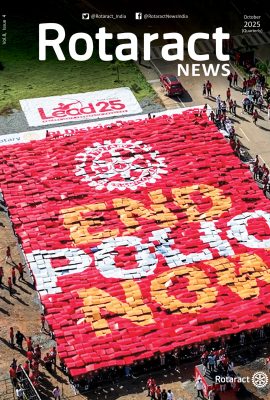I don’t ever want to go back to windy, icy Washington DC,” whoops Alexandra in Russian-accented English, her blonde ponytail whipping about her face. “I would love to live right here.” She lands perfectly after an orchestrated group jump into the air. She reaches for her husband Raymond, a software wizard of Bolivian origin.
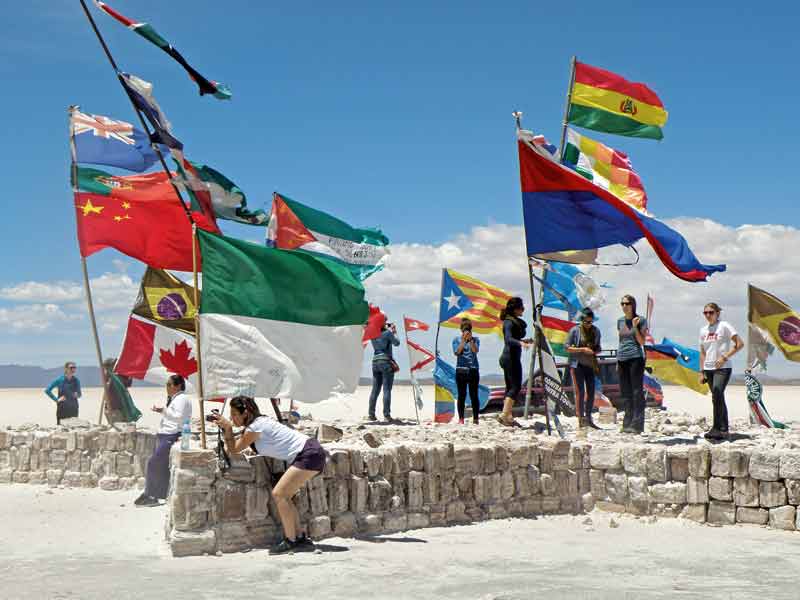
Alexandra, Raymond and I are part of a group of eight being shepherded through one of earth’s most spectacular landscapes — the Salar de Uyuni in southwest Bolivia. Just minutes ago, our driver-guide Tomas explained, “This salt desert is the largest on earth, stretching 10,582 sq km. These polygonal patterns on its surface, unbelievably, are formed naturally by the dry air and the blazing sun. We are 3,656 metres above mean sea level, close to the crest of the Andes mountains in South America.”
Pointing to the almost monochrome salt desert, Kenko, a Japanese geographer, asks, “How deep is this salt crust?” Tomas says, “Below this crust, which ranges from a few centimeters to 10 metres deep, lies a saltwater lake that is two to 20 metres deep.” We gasp collectively.
Between 50 to 70 per cent of the world’s lithium deposits are here. Enough to power your iPad or MacBook batteries for a century to come.
Not an ant nor a blade of grass is visible in the bleak, magnificent stretch our eyes scan. “Salar de Uyuni is basically a salt flat enclosure,” our guide continues. “This area contains sodium, magnesium, potassium, and between 50 to 70 per cent of the world’s lithium deposits are here. Enough to power your iPad or MacBook batteries for a century to come.”
Consulting his iPhone, Raymond interrupts, “Are we in the Daniel Campos province in Potosi? How come multinationals aren’t raking in profits from the 10 billion tonnes of salt here? Where are the mining crews, the heavy equipment….?”
Our Toyota Innova jerks to a halt. Stern-faced, Tomas says, “Look, since 2006, Evo Morales has been Bolivia’s President. Like me, he belongs to the proud, indigenous Aymara people. Yes, like the bowler-hatted women with woollen skirts you saw in the main square in La Paz, who sell snacks and simple handicrafts. Under Morales, Bolivians are resisting American monopolies. No Coca-Cola here. No McDonald’s, either. No diplomatic relations with the US.”
Morales succeeded Gonzalo Sanchez de Lozada (a k a Goni), a US ally and free market reformer. Goni was ousted amidst civil strife in October 2003, after he pitted the police against the armed forces. Morales unsuccessfully sought his predecessor’s extradition under US President Barack Obama.
When it rains from December to March, this desert blends into the purest blue ever, transforming it into a giant natural mirror.
We could be on another planet, we whisper to each other, as we are driven to the north, to the west, wherever we choose. There are no signposts, no dwellers, few signs that man has tamed nature here. The mood? As if we are flying through the clouds, without safely belts on. As far as the eye can see under the unrelenting sun, the dazzling whiteness stretches up to an infinite horizon, its rare pools reflecting a cloudless blue sky.
With the seasonal salt marsh of the Great Rann of Kutch still on my to-do list, Salar de Uyuni begs comparison with the 221 sq km Salinas Grande salt desert in northwestern Argentina, which I had visited a month earlier. But that pales in magnitude before the grandeur of Bolivia.
We pose by mounds of salt, running to a platform of salt bricks, under fluttering flags from across the globe. Only 16,207 km away from Bengaluru, I gaze skywards in search of an Indian tricolor. The collective mood remains upbeat, though I draw a blank.
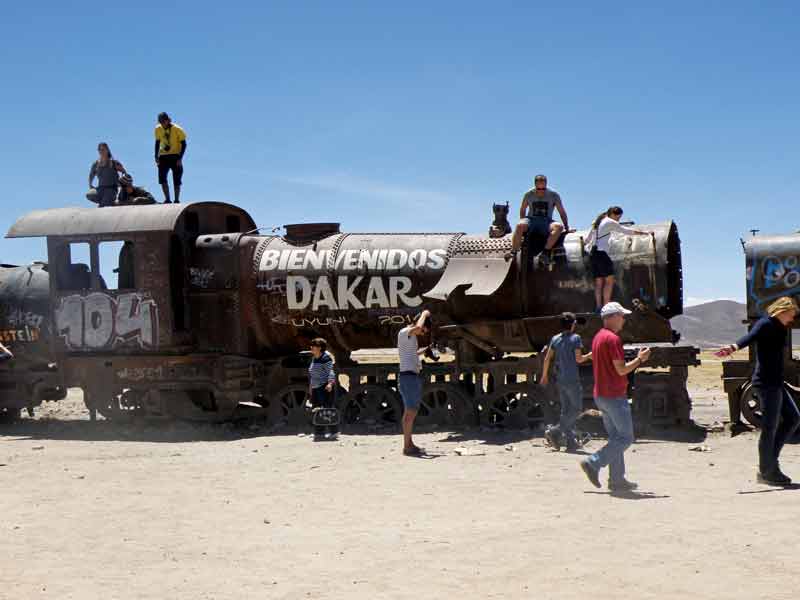
“The Salar is part of the Bolivian altiplano. This high plateau was formed when the Andes mountains lifted geologically. Perhaps 42,000 years ago, the prehistoric Lake Minchin probably covered this area,” says Tomas of the alien geography. “Near the settlement of Colchani, 60 km away, Bolivia now extracts nearly 20,000 tonnes of salt, mainly for human consumption.”
Sensing our unvoiced query, he adds, “Around 1993, a hotel built almost completely of salt bricks came up in the middle of Salar de Uyuni. Tourists loved it. But sanitation was a major problem. Waste had to be collected manually. It was dismantled in 2002.”
Past languidly strolling llamas and vicunas off the main road to the Salar, past paragliding tourists, by lunchtime we arrive at the rocky hillock of Isla Incahuasu, perhaps once an ancient volcano in Lake Minchin. Its vegetation startles us — giant Echinopsis atacamenis pasacana cacti that grow just one cm annually to soar upto 12 metres. Energised by a lunch of quinoa, roast beef and potatoes, we scamper up the rocks to get a 360-degree view of the salt flats. En route, rabbit-like viscachas dart out of their burrows, over our feet, as we shriek. Light-headed atop the hillock, we imagine ourselves immersed in a dazzling sea of salt.
By my shoulder, Kenko reads aloud from his phone: “When it rains from December to March, this desert blends into the purest blue ever, transforming it into a giant natural mirror.” Tomas adds, “Though it looks flat, GPS shows this giant Salar has slight undulations. And hey! NASA uses it to fix satellite positions since it is easy to spot from space.”
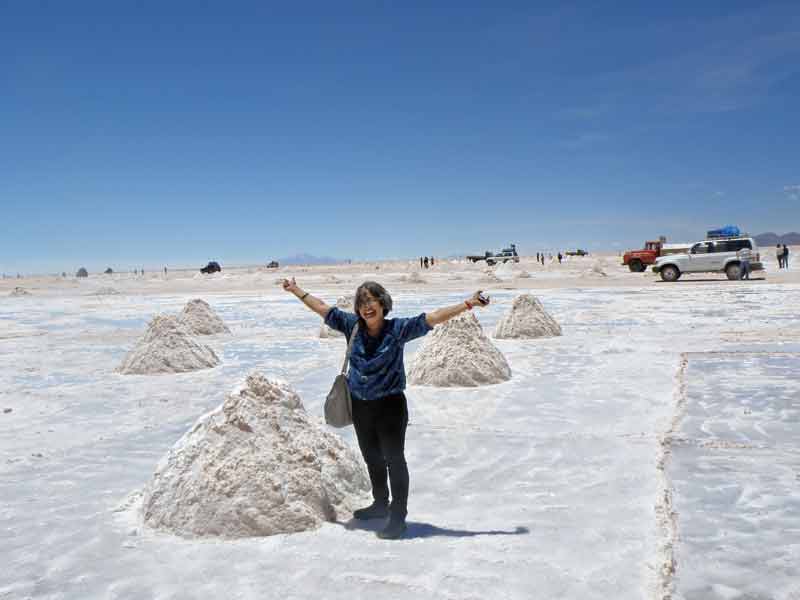
Driving southwards, we stop briefly at the Laguna Colorada, which hosts a gathering of Andean flamingoes, typically visible in November. Their pink beaks and legs stem from feeding on pink algae in the salty lagoon. But we do not sight the rarer James flamingoes or Chilean flamingoes. Though 80 other bird species are said to inhabit the salt desert, the horned coot or the Andean goose remain elusive. So does the Andean culpeo or fox.
No Coca-Cola here. No McDonald’s, either. No diplomatic relations with the US.
Our last stop is a live baby volcano, part of a ring around the Salar de Uyuni. We are unprepared for the gentle smoke from its funnel-top. Or for its painterly palette, with brown fading into green, grey, lime, orange, red, then a fiery terracotta, taking cues from mineral sub-strata. On our haunches, we peer at springs that bubble up under the salt, like imaginary fish blowing bubbles.
We learn that according to Aymara legend, these mountains — Tunupa, Kusku and Kusina — were once giant people. Tunupa married Kusku with great joy and feasting. But he was unhappy, so he eloped with Kusina. Weeping as she breastfed their son, Tunupa’s tears mingled with her milk as they travelled down the slopes. She is a deity to the Aymaras.
More than in Argentina or Chile, indigenous pride is alive and well in Bolivia. “The Aymara were the original settlers of the Andean altiplano before they were subdued by the Incas in the 15th or 16th centuries,” explains Tomas. “Over a million Aymaras live in Bolivia, with smaller settlements in southern Peru and northern Chile.”
En route to the spectacular salt desert, Tomas urges us to tumble out of his Toyota at a cemetery for trains. “These antique trains were used in the mining industry till 1940, when Uyuni was the hub for trains carrying minerals to Pacific ports,” he says. “From 1888 to 1892, British engineers built the rail tracks, encouraged by our President Aniceto Arce. But construction was often sabotaged by the Aymaras, who felt it was inauspicious. When the minerals ran out, the trains were abandoned here.”
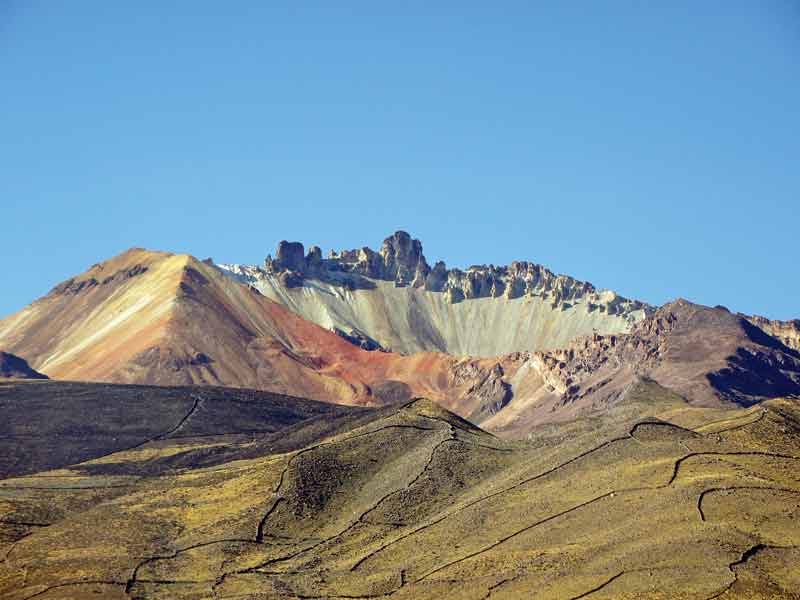
Raymond clambers up an old engine, waving to us to join him. Once aloft, we cheer on tourists driving by in assorted vehicles, as English and French, Spanish and Swedish throng the air. The energy is playful, as if we were running free in a playground. We sing. We hoot. Some dangle at odd angles, with uncharacteristic bravado.
We zone in on ancient steam locomotives, rusting yet regal. We scale steel ladders to clamber up to the driver’s cabin, check out coal wagons now shorn of mineral wealth. In sync with our time, engine parts and stray wheels in disrepair assume the guise of funky art installations.
We could be on another planet; no signposts, no dwellers, few signs that man has tamed nature here. The mood? As if we are flying through the clouds, without safety belts on.
As I board my flight from Iqueque to Lima in Peru, after nine unforgettable days in Bolivia, what memories do I carry away? A high-stepping trek to the 15th century Inca shrine on the Isla del Sol amidst shimmering Lake Titicaca, shared by landlocked Bolivia and Peru. La Paz, the Bolivian capital, at the base of a bowl-shaped valley. The dizzying onset of altitude sickness in the rare air at El Alto, the world’s highest international airport at 4,061 metres, which makes me rush to a dingy pharmacy for local Sorochi pills on a tip-off from a fellow flier. The baby llama carcasses hanging from market stalls, ostensibly to ward off evil spirits. Even the lingering taste of Bolivian cinnamon ice-cream from a vending trolley during a free walk through La Paz.
Perhaps most of South America was like Bolivia about a century ago. Or before the Spanish conquistadors arrived in the 16th century. It is difficult to push away the thought.
I carefully pick one souvenir to take home with me: the Wiphala or 7×7 patchwork square flag representing the native people of the Andes. Since 2009, it has been acknowledged as the co-official flag of Bolivia. It flutters in my Bengaluru verandah, rekindling memories of the dazzling dome of salt and sky that held us in thrall. Not just for a day, but for life. That’s the immortal essence of the Salar de Uyuni.
Pictures by Aditi De





